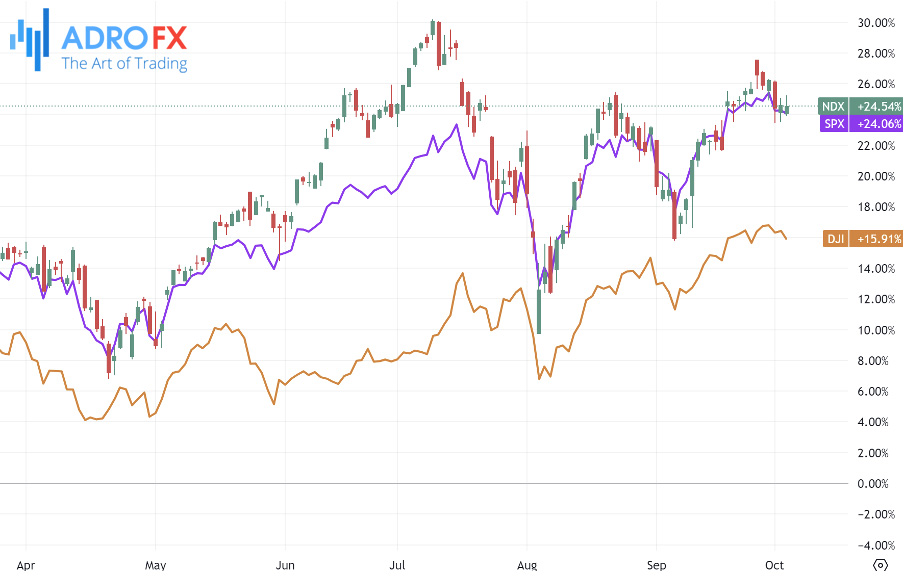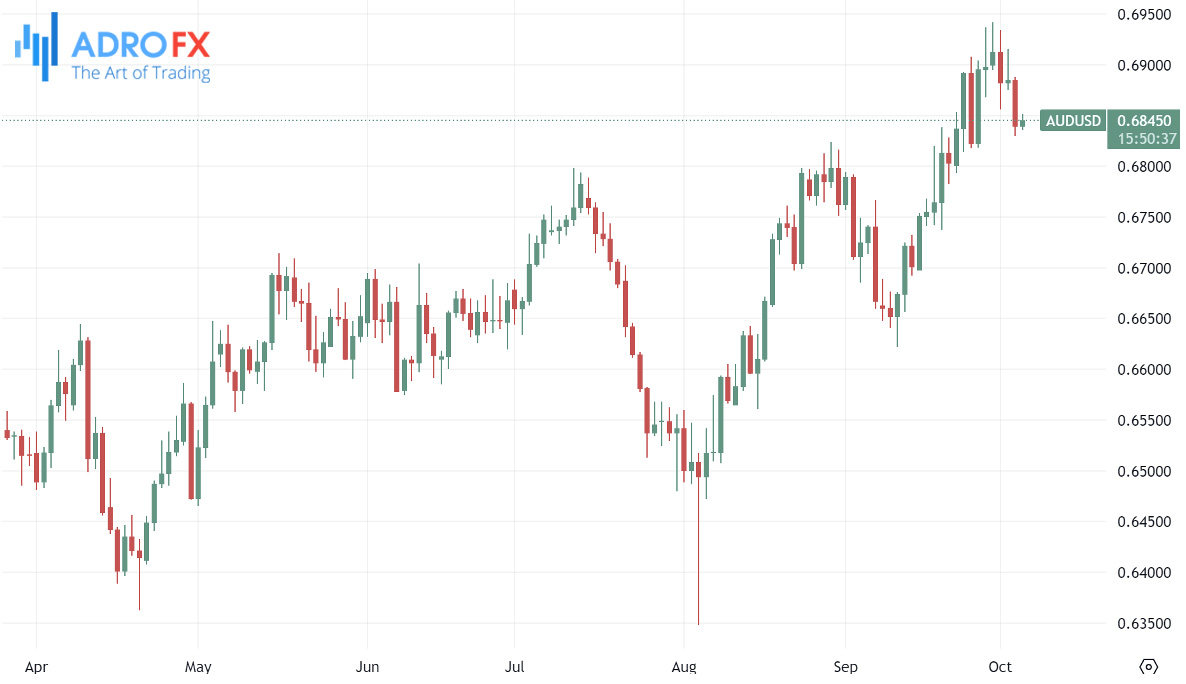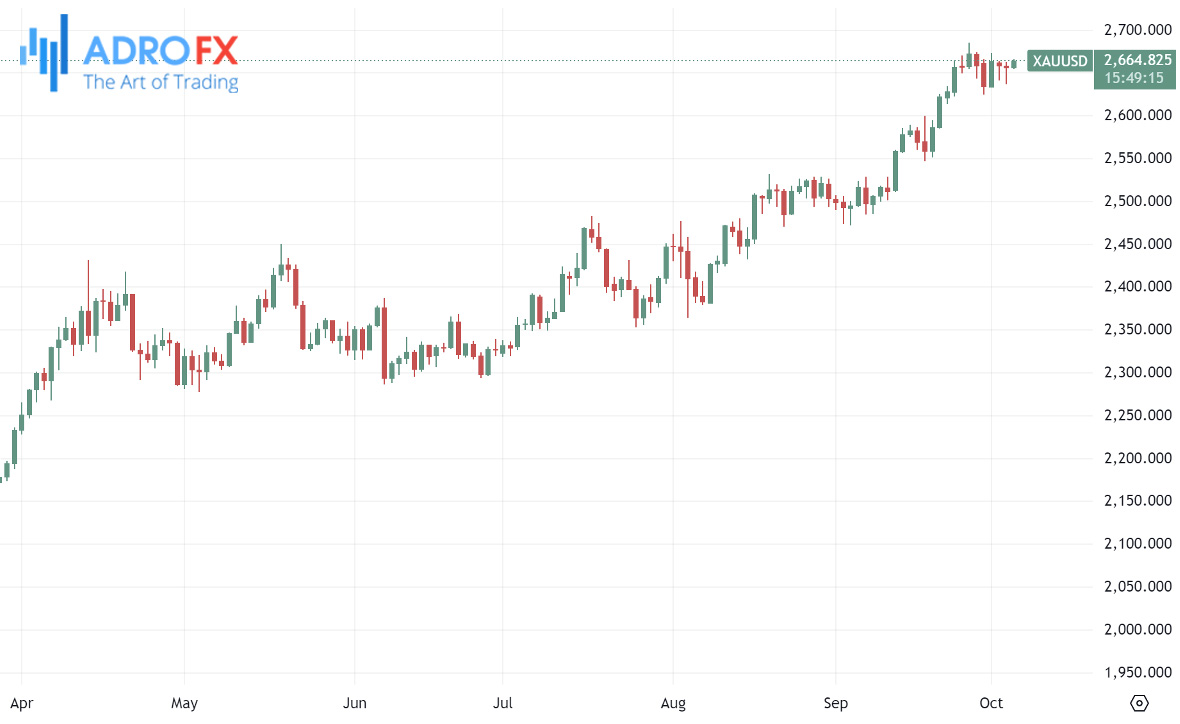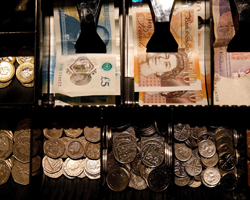Market Jitters as Labor Data and Geopolitical Tensions Weigh on Stocks, Currencies, and Gold | Daily Market Analysis

Key events:
- USA - Average Hourly Earnings (MoM) (Sep)
- USA - Nonfarm Payrolls (Sep)
- USA - Unemployment Rate (Sep)
The S&P 500 declined on Thursday as investors responded to signs of a softer labor market and ongoing geopolitical concerns in the Middle East, with a key monthly jobs report on the horizon.
The Dow Jones Industrial Average dropped 184 points, or 0.4%, while the S&P 500 fell 0.2%, and the NASDAQ Composite slipped by 0.1%.

Meanwhile, the Japanese Yen reversed recent gains after comments from Japanese officials on Friday. Economy Minister Ryosei Akazawa highlighted that both Prime Minister Shigeru Ishiba and the Bank of Japan remain focused on overcoming deflation, which remains Japan's top priority.

Akazawa reaffirmed that the government and BoJ are committed to their 2% inflation target, stressing that monetary policy adjustments must align with the broader aim of exiting deflation. Chief Cabinet Secretary Yoshimasa Hayashi also announced that Prime Minister Ishiba has ordered the development of an economic package, to be presented to Parliament following the lower house elections.
Despite this, the yen may face headwinds, with limited downside for the USD/JPY pair as speculation of further BoJ rate hikes fades. Prime Minister Ishiba noted earlier this week that the current environment does not justify additional interest rate increases, according to Reuters.
The Australian Dollar gained strength on the back of a hawkish stance from the Reserve Bank of Australia. August retail sales data surpassed expectations, reducing the likelihood of an early rate cut, with markets now almost ruling out a November adjustment. The AUD also benefited from Chinese stimulus measures, which boosted commodity prices.

Nevertheless, the AUD/USD pair may face pressure due to rising geopolitical tensions in the Middle East, which have weighed on market sentiment. US President Joe Biden confirmed talks with Israel about possible strikes on Iran's oil infrastructure, while Israeli Prime Minister Benjamin Netanyahu warned of severe consequences for Iran following recent missile attacks, as reported by the BBC.
The AUD faced additional pressure as the US Dollar strengthened, driven by positive US ISM Services PMI and ADP Employment Change reports, which tempered expectations for more dovish Federal Reserve policy. The USD/CAD pair, meanwhile, struggled to build on recent gains, trading within a tight range around mid-1.3500s during the Asian session on Friday. The broader optimism around the USD, paired with anticipation for the US employment report, supported the pair.
US economic data reinforced confidence in the labor market, fueling optimism about the economy's strength in the third quarter. This led investors to scale back expectations for aggressive Fed policy easing, lifting the USD Index to a one-month high. Additionally, growing speculation of a significant rate cut by the Bank of Canada weighed on the Canadian Dollar, offering further support to the USD/CAD pair. However, elevated crude oil prices, supported by Middle East tensions, limited the pair’s upside as oil-linked CAD stabilized.

Gold remained in a narrow range on Friday, struggling to gain traction amid mixed market cues. Heightened geopolitical risks and the potential for broader conflict in the Middle East continued to support demand for the safe-haven asset. However, a strong USD, which stayed near a one-month peak, kept a lid on gold’s upward potential.

Traders remained on the sidelines ahead of the release of the US nonfarm Payrolls (NFP) report, which could play a crucial role in shaping expectations for the Fed’s rate-cutting cycle. The report is expected to influence USD demand and, by extension, gold prices. Despite the uncertainty, gold remains close to its recent all-time high, with sentiment leaning slightly toward the bulls.









